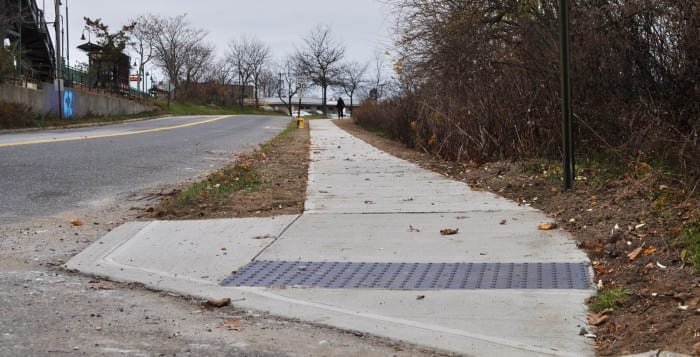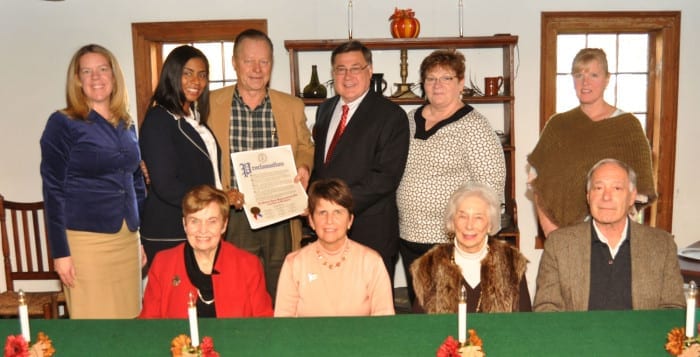Is there divine in all of us, or only in the people who share our religion? If your God, my God, anyone’s God, created the Earth and all the people, animals and planets on it, then does She want those who are true believers to annihilate and destroy the other people She created because they don’t believe in Her?
What? You don’t think God could be female? That’s a topic for another column. Recently, I read about a charitable act. At the end of the article, I saw that people were commenting about how that charity could only come from someone of their religion — I’m not going to indicate what religion it was.
The commentors were convinced that it couldn’t have come from someone who followed a different religious discipline. Why? If there are elements to ourselves that are a combination of destroyers and builders, lovers and haters, sinners and saints, why should something extraordinary or even inspirational be limited to one religion?
Couldn’t everyone’s God speak through or act through one person, regardless of his background or religion, to inspire others to greater heights, to do something incredibly beneficial to his or her fellow human beings without selecting only those people who go to the right building, speak the right language and follow the right religious practices? Maybe we need to close our eyes to see the divine in everyone.
Religion has this way of bringing out the best in us and, at times, the worst. We sometimes feel that we’ve received some message from a divine being who tells us that we must right the wrongs of people who are outside our religous group. Centuries after the Crusades, humans still resort to weapons to make our point with those who have other religious beliefs.
I understand the fear, especially in an era when every politician with national aspirations describes a boogeyman (or woman). I also understand the reality that there are people bent on destroying us and that we can’t go naively into that good night, imagining we live in a utopian world where we can ignore threats. It’s real and it dominates the headlines every day.
This isn’t about the extreme cases, where we have to be vigilant against killers who, for whatever reason, feel they are doing something important in their lives by killing others before dying. That doesn’t seem like much of a way to honor anyone’s God.
This is about the way we relate to each other and the way we think of religious groups outside our own. Why should something spectacular or incredible have to originate from the mind or heart of someone from our religion?
Turning this around, do you like everyone in your church, temple or mosque? Do you routinely sit during services and feel a universal kindred spirit with everyone in that room that you don’t feel with the people in your child’s classroom at school, at your daughter’s ballet recital or at a concert where the music seems to echo around the room long after our kids have stopped strumming?
Would you randomly pick a name out of the hat at your house of worship and be equally thrilled to host any of those people in your home for a week, a night or even a long dinner?
Religion can offer us a chance to see and imagine that the best is yet to come in anyone around us. We don’t have to give up our own religion and it doesn’t lessen our religion to believe that something spectacular lies just beneath the surface of another person passing by us, even if that person doesn’t share our religion.
If we are all God’s children, wouldn’t She (or He) want us to put more effort into getting along with our siblings?















